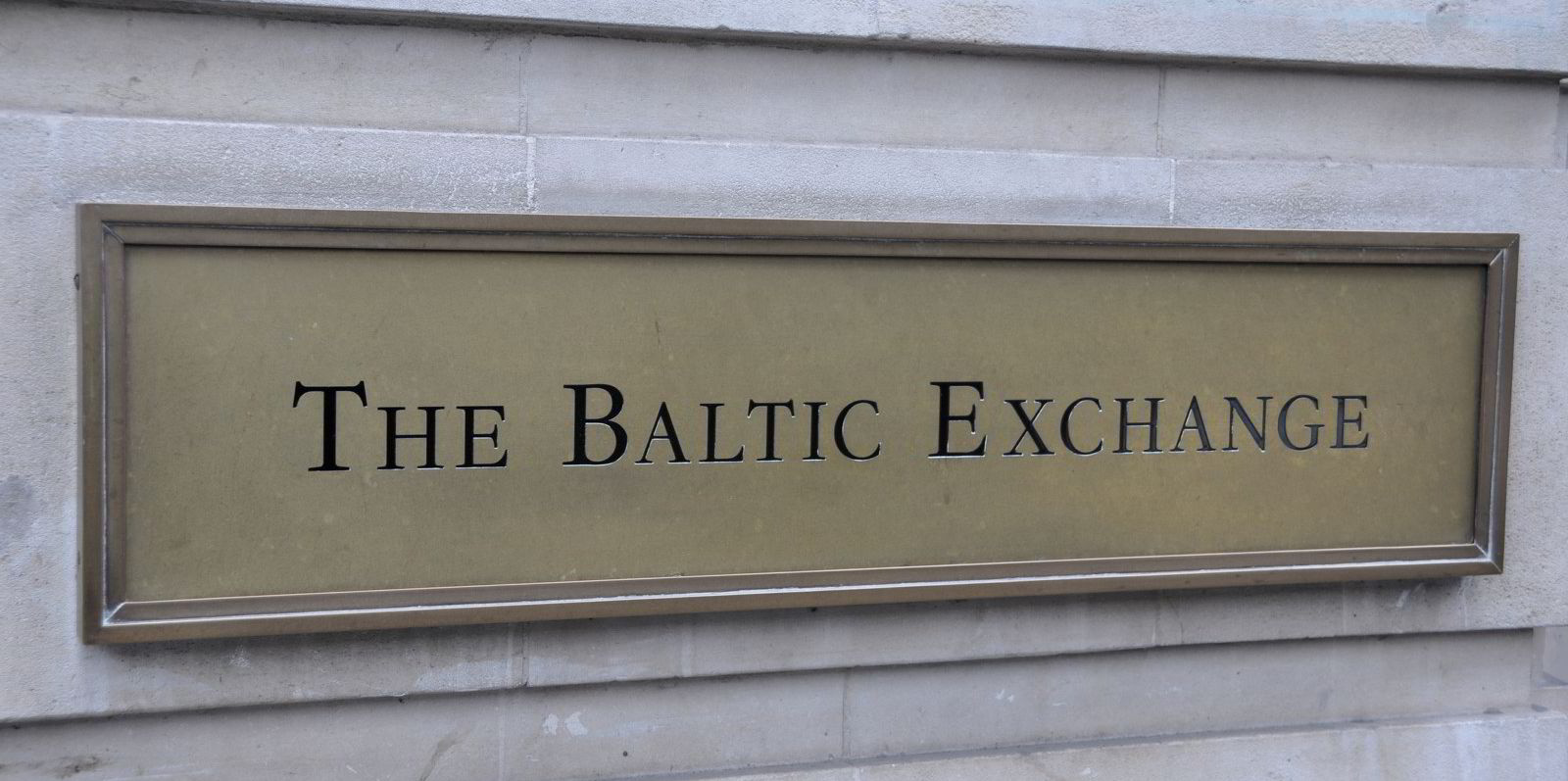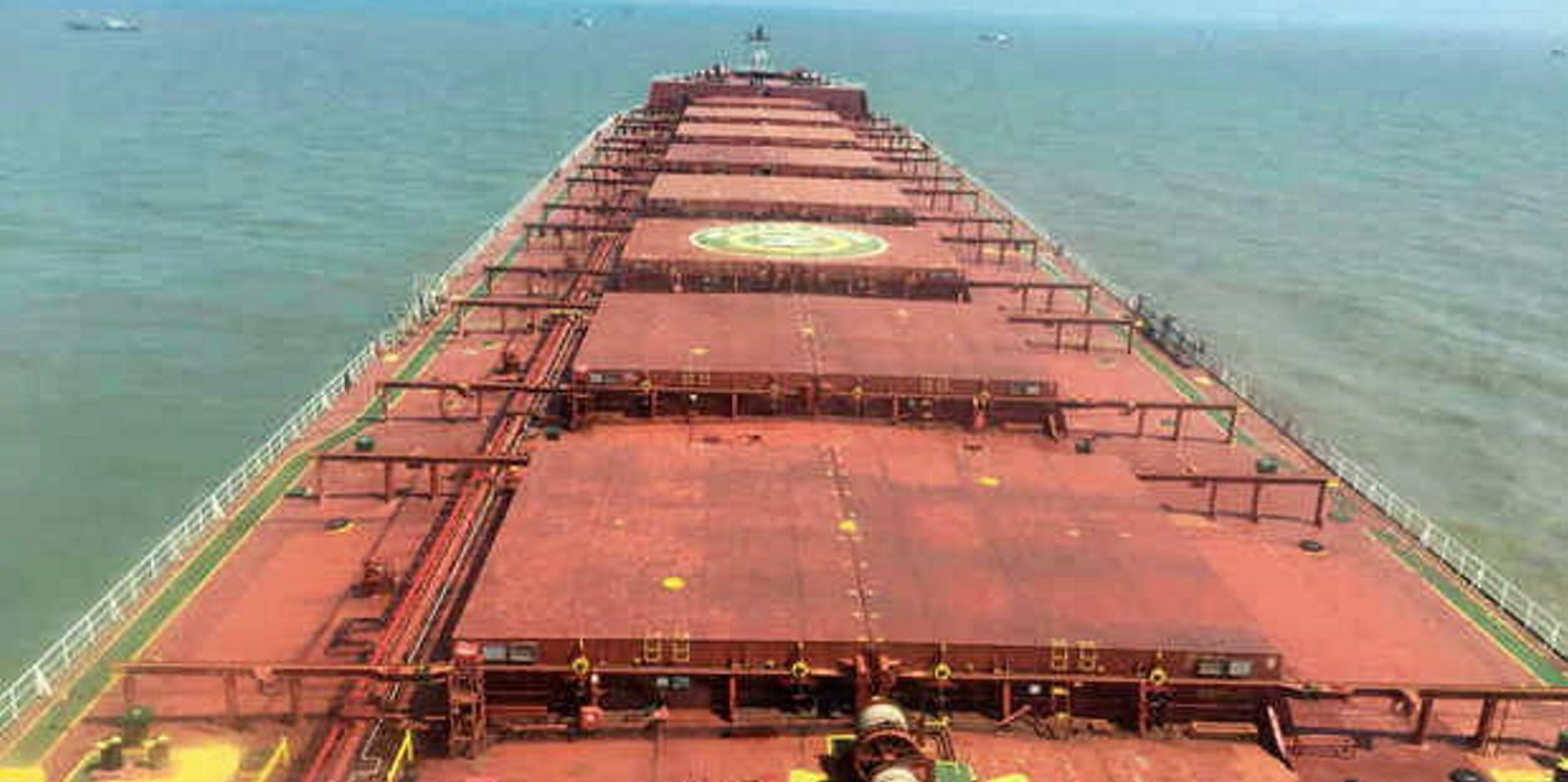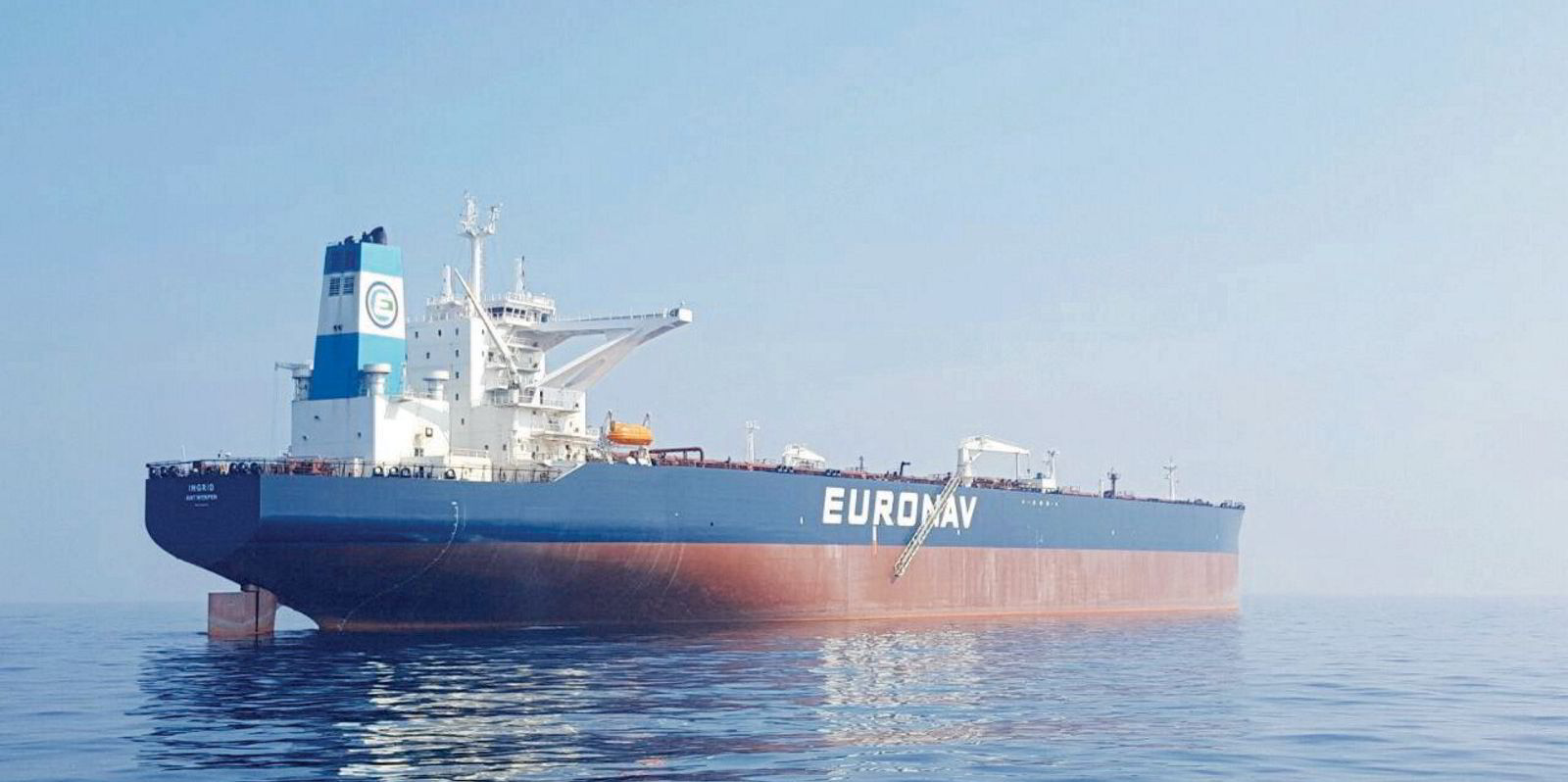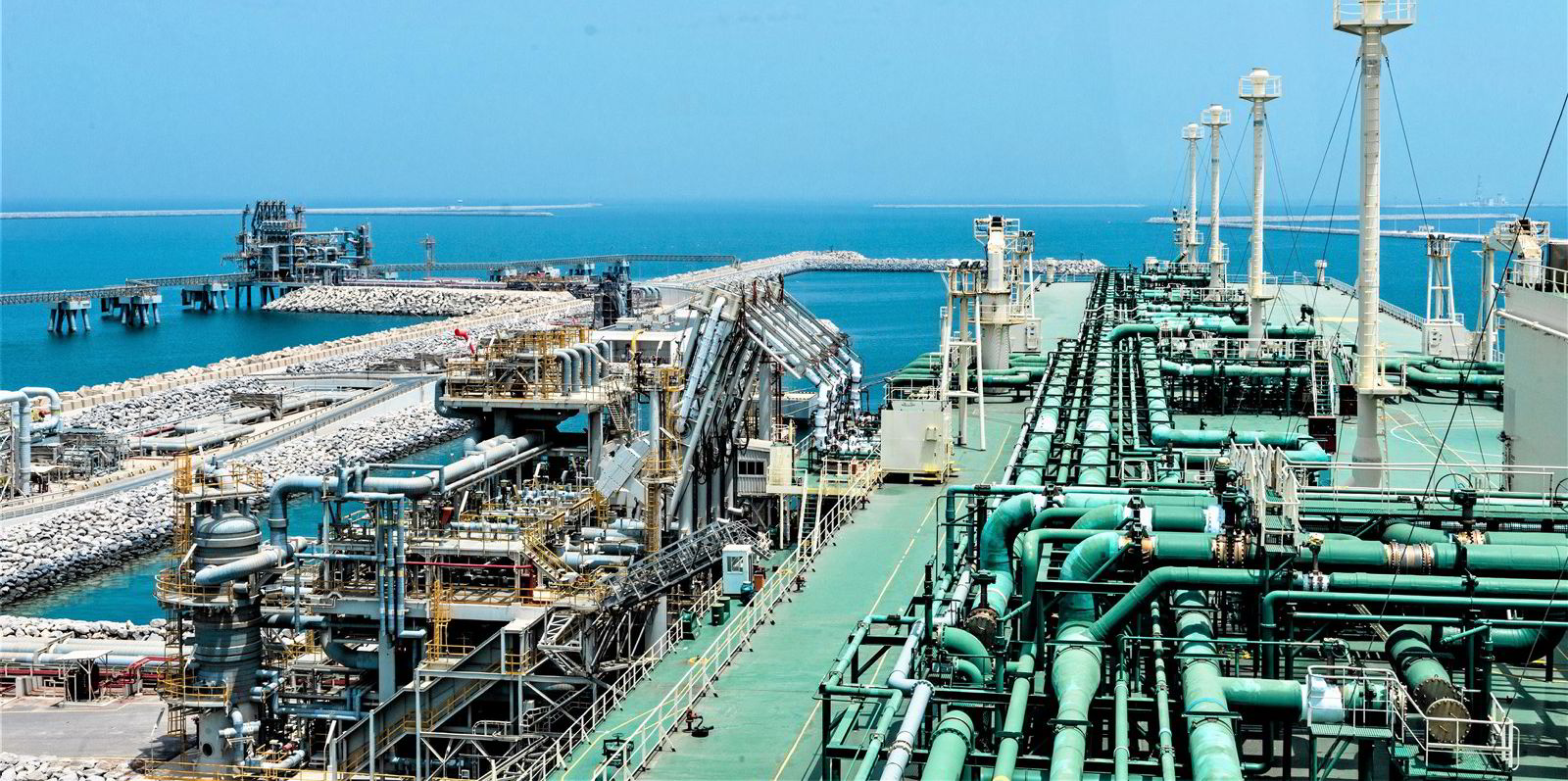The Baltic Exchange has begun to publish reference CO2 emissions figures for vessel operations amid the shipping industry’s decarbonisation drive.
The London-based company — renowned for its freight assessments — published the indicative emissions and Energy Efficiency Operating Indicators (EEOIs) for the main dry bulk shipping routes and vessel classes on its website.
“It is hoped that this benchmark will provide the shipping industry with a valuable point of reference as the market seeks to factor in carbon emissions alongside charter rates,” the Baltic Exchange said.
“By understanding the variability in operating efficiencies across routes and size classes, owners and charterers will be able to take practical steps to minimise their carbon footprint.
“It is not a carbon-pricing mechanism, but does potentially support the further development of financial instruments for shipping.”
First stage
The benchmark provider is also planning to publish emissions figures for other types of vessels but has no confirmed timeline.
“We have the tanker and gas values in the pipeline,” the company told TradeWinds. “Dry was the first stage for us and we will be working closely with members to review our initial dry bulk assessments.
“The level of feedback we receive will influence the timings for the publication of the tanker and gas values.”
Regulators and charterers have been calling for a reduction in greenhouse gas emissions from ship operations in efforts to combat climate change.
The EEOI, developed by the International Maritime Organization, assesses CO2 emissions per unit of transport work.
The indicator is used by the Sea Cargo Charter signatories — which include some major charterers — to track whether vessel emissions are falling in line with the IMO’s decarbonisation targets.
The Baltic Exchange said that it is looking at providing EEOI calculation and certification services to members that need to disclose emissions information to third-party organisations.
“Currently, whilst vessel owners and operators may have access to such information on their own fleets, a lack of available reference data makes market-level comparisons more challenging,” the company said.
The first set of figures from the Baltic Exchange covers 10 capesize, eight panamax, 10 supramax and seven handysize trading routes, and indicative emission amounts of typical ships in the four bulker classes. Larger ships in longer routes have more emissions.








